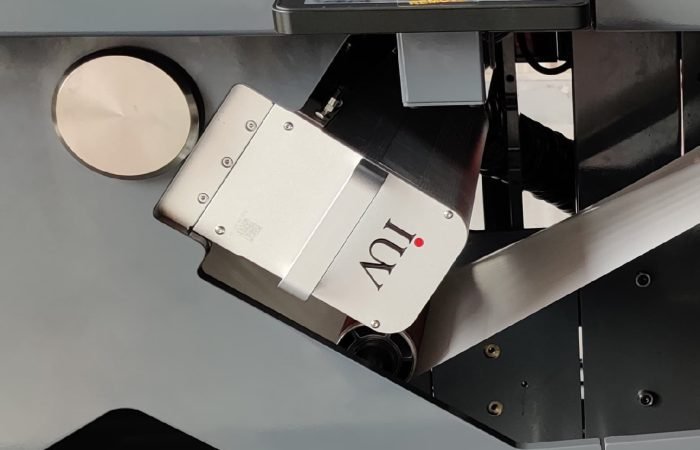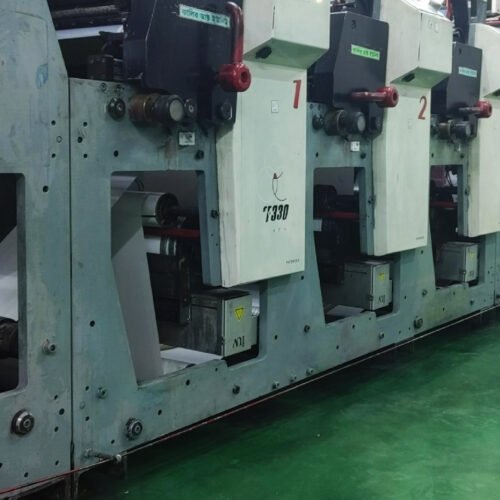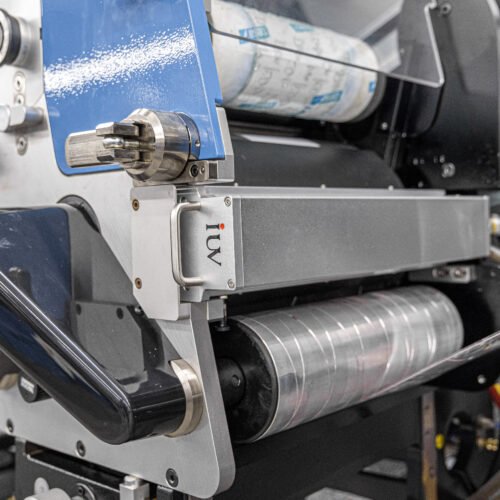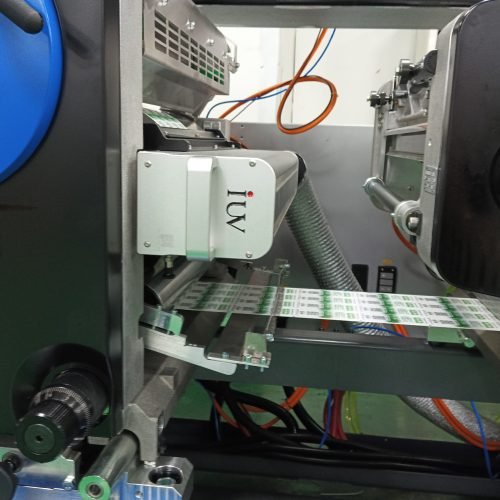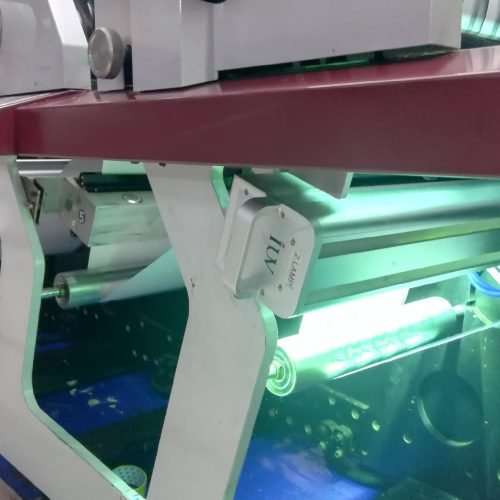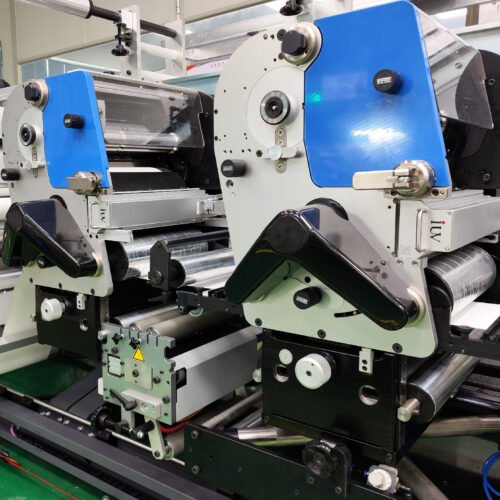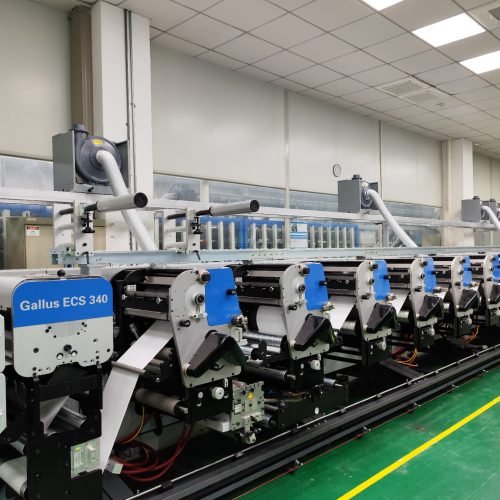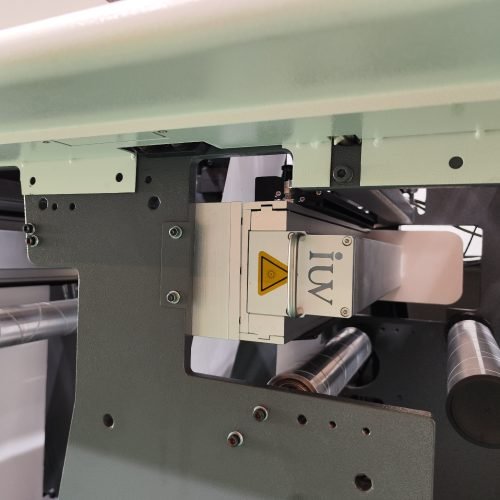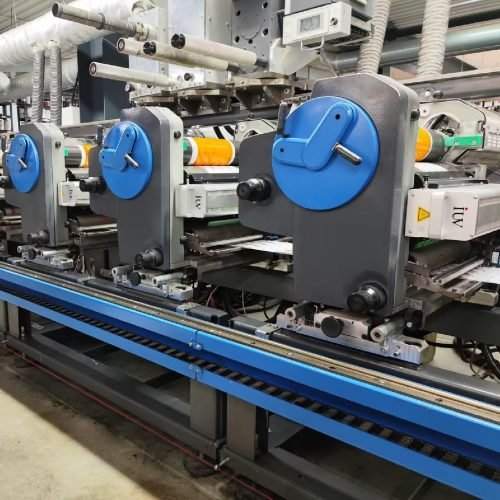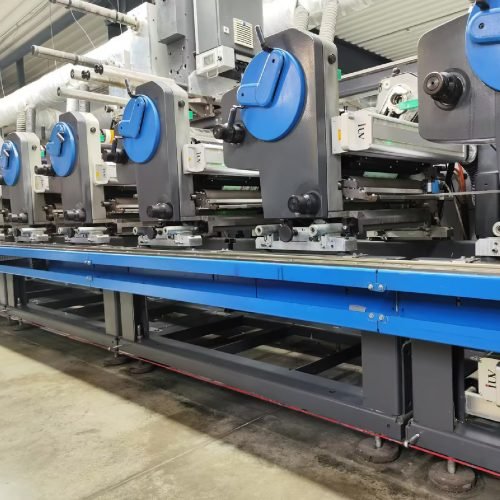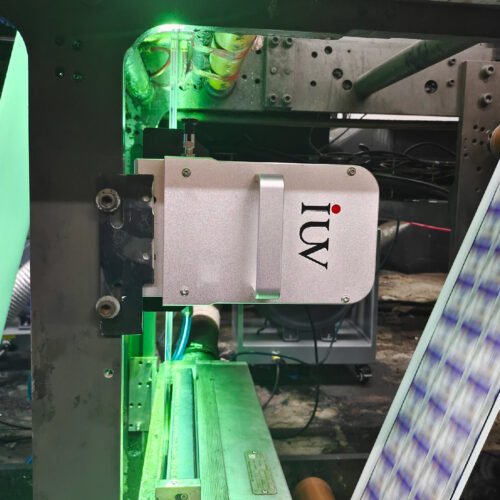The printing industry is embracing LED curing systems at an accelerating pace. This shift is not just a trend; it’s a fundamental evolution driven by tangible benefits. As a print engineer and SEO specialist, I’ve seen firsthand how this technology is transforming label, flexographic, and offset printing.
Understanding UV Curing Basics
Before diving into LED, let’s quickly recap traditional UV curing. It uses mercury vapor lamps to emit ultraviolet light. This light initiates a chemical reaction in UV-curable inks, coatings, and adhesives, causing them to instantly solidify, or “cure.” This offers faster print speeds and durable finishes compared to conventional methods.
The Rise of LED UV Curing
LED (Light Emitting Diode) curing systems represent a significant advancement over mercury lamps. They use solid-state light sources that emit UV light within a very specific wavelength range. This precision, along with a host of other advantages, is fueling their adoption.
Label Printing: A Prime Candidate for LED
In the demanding world of label printing, speed and efficiency are paramount. Narrow web flexographic printers, in particular, benefit immensely from LED technology. These machines often run at very high speeds. Traditional UV lamps can generate substantial heat, which can warp thinner label stocks and affect dimensional stability. LED systems, however, run much cooler. This means less heat transfer to the substrate, preserving the integrity of delicate materials and reducing the risk of deformation.
Furthermore, the precise wavelength output of LEDs ensures efficient curing of UV inks and coatings. This leads to superior adhesion and scratch resistance, crucial for labels that endure handling and environmental exposure. The instant on/off capability of LEDs also contributes to energy savings and reduced wear on the system. There’s no warm-up or cool-down period required.
Flexographic Printing: Enhanced Performance with LED
Flexography, widely used for packaging and labels, also sees substantial gains with LED curing. The ability to print on a wider range of substrates, including heat-sensitive plastics and thin films, becomes more feasible with the low-heat output of LEDs. This expands the creative and application possibilities for flexo printers.
The consistent and focused UV output from LED systems ensures thorough curing of inks and varnishes, even at high press speeds. This translates to improved print quality, better color reproduction, and enhanced durability. The reduced ozone generation compared to mercury lamps also contributes to a safer working environment.
Offset Printing: A New Era of Possibility
Even in the realm of sheetfed and web offset printing, LED adoption is gaining momentum. While traditionally using heatset or conventional UV curing, offset printers are discovering the advantages of LED. The ability to achieve instant curing allows for faster turnaround times and immediate finishing operations. This means jobs can be stacked, cut, or folded right off the press, streamlining the entire production workflow.
Offset printers can also leverage LED curing to achieve high-gloss finishes and robust protection for their printed products. The precise control over UV output can lead to a more uniform cure, minimizing issues like ink misting or incomplete curing, which can be problematic with older technologies. The energy efficiency of LED systems also presents a compelling economic argument for offset printers looking to reduce operating costs.
The Technical Edge: Why LED Excels
From a technical standpoint, the advantages of LED curing are clear.
- Energy Efficiency: LEDs consume significantly less power than mercury lamps. This translates directly into lower electricity bills and a reduced carbon footprint.
- Longer Lifespan: LED systems have a much longer operational life, often tens of thousands of hours, compared to mercury lamps that need frequent replacement. This reduces maintenance costs and downtime.
- Instant On/Off: Unlike mercury lamps that require warm-up and cool-down periods, LEDs are instantaneous. This improves press uptime and eliminates wasted energy.
- Precise Wavelength Control: LEDs emit UV light at specific, narrow wavelengths. This targeted emission ensures more efficient and consistent curing of UV inks and coatings, leading to better performance.
- Low Heat Output: The reduced heat generated by LEDs is a game-changer, especially for heat-sensitive substrates. This opens up new printing possibilities and improves substrate stability.
- No Ozone Production: Mercury lamps produce ozone as a byproduct, which requires ventilation. LEDs do not, creating a healthier and safer working environment.
- Smaller Footprint: LED curing systems are often more compact than traditional UV systems, saving valuable floor space in the print shop.
Navigating the Transition
The transition to LED curing isn’t without its considerations. Ink and coating formulations need to be compatible with the specific wavelengths emitted by LED lamps. However, ink manufacturers have responded rapidly, developing a wide array of LED-curable inks and coatings for all major printing processes.
The initial investment in LED systems might be higher than older technologies, but the long-term savings in energy, maintenance, and increased productivity make it a sound financial decision. Printers that invest in LED technology are positioning themselves for future success, offering clients higher quality, faster turnarounds, and a more sustainable printing solution. The growing adoption is a testament to the undeniable advantages LED curing brings to the printing industry.

